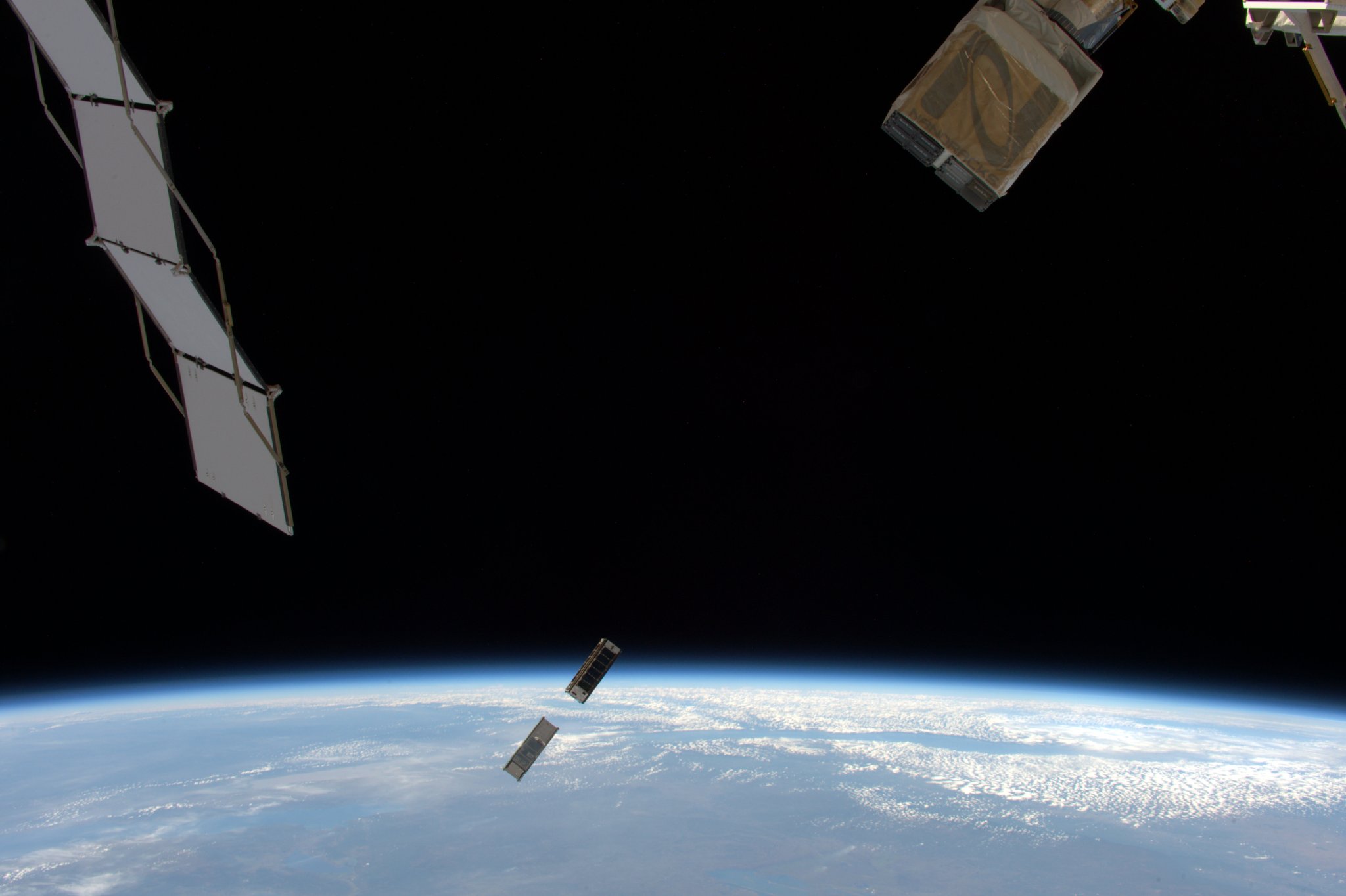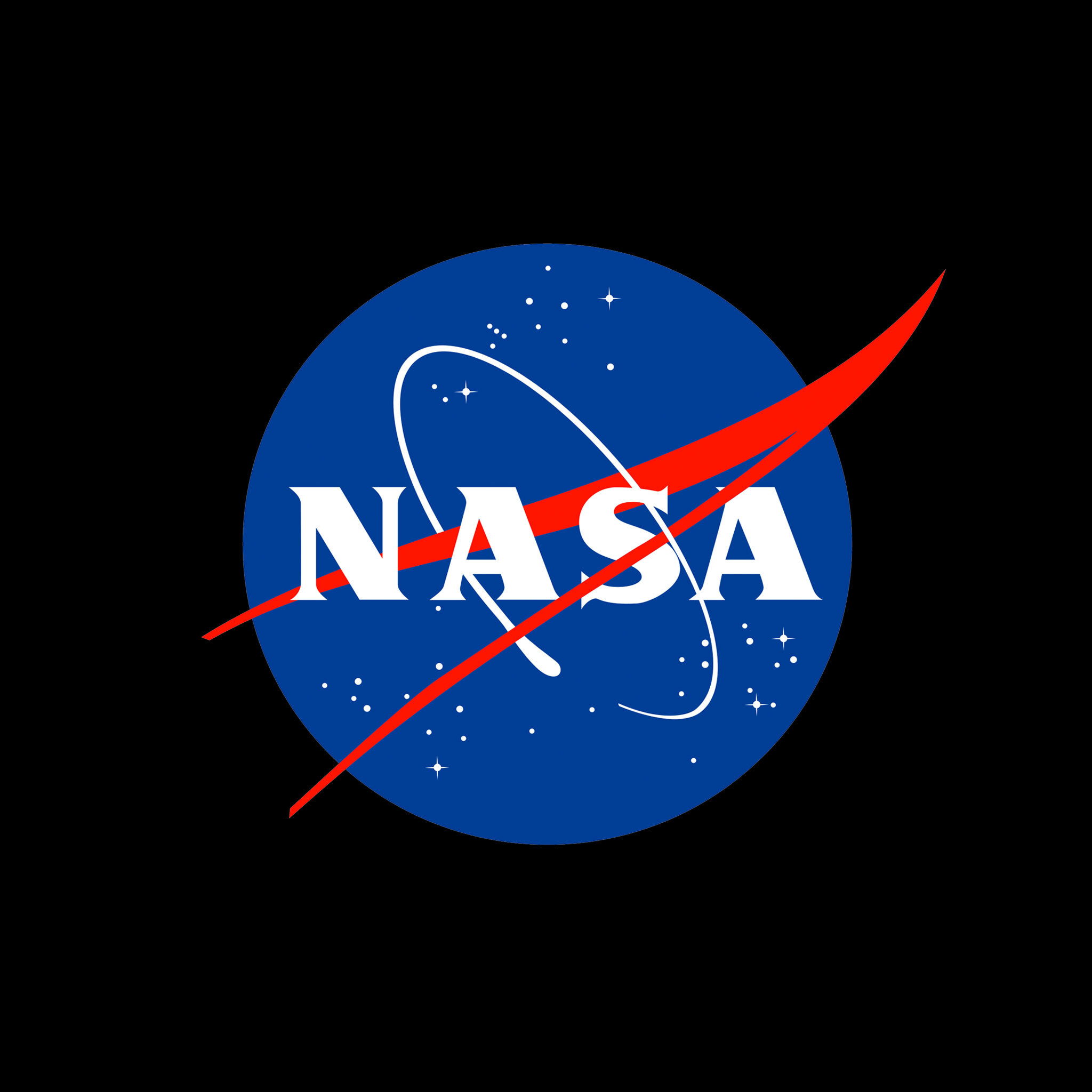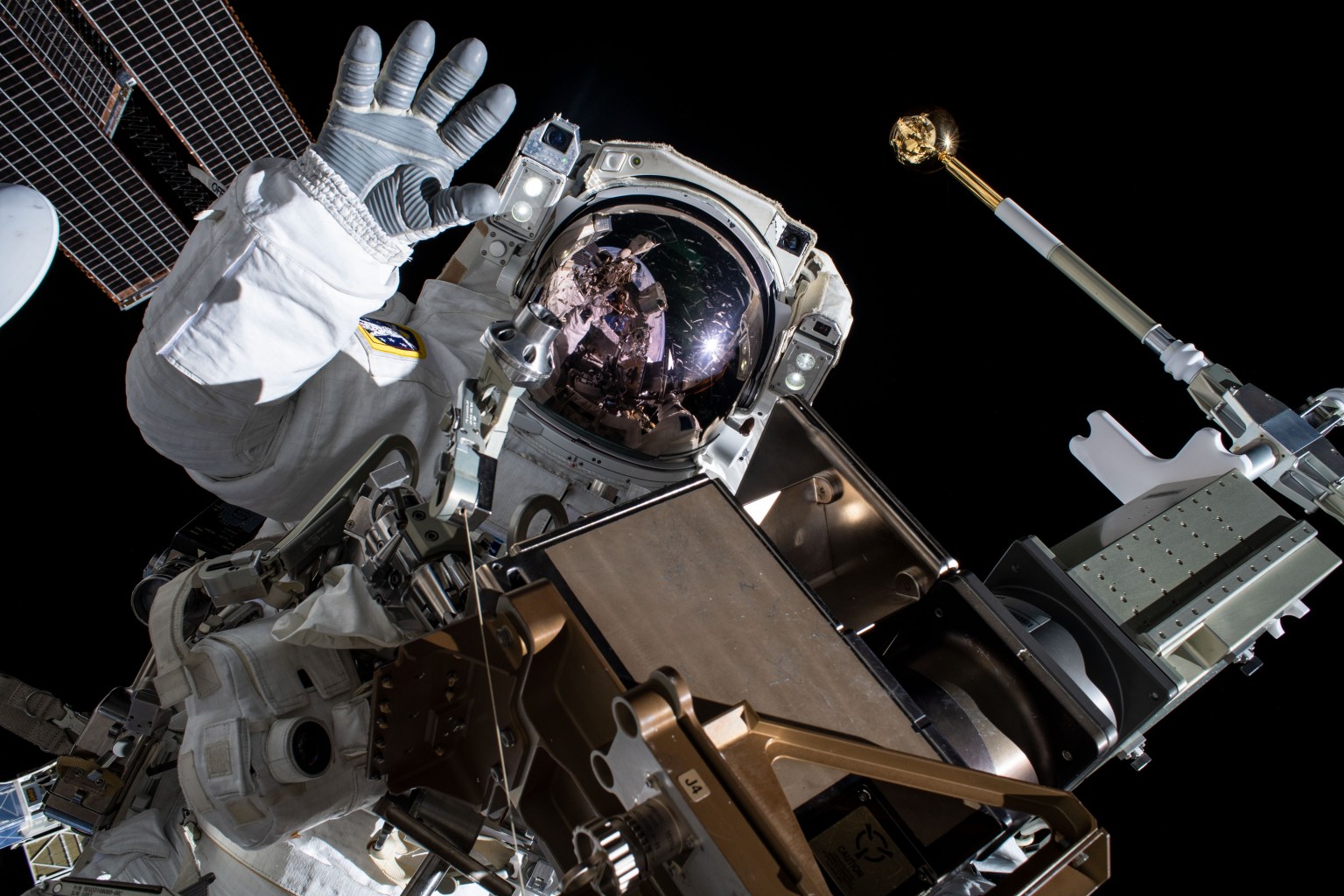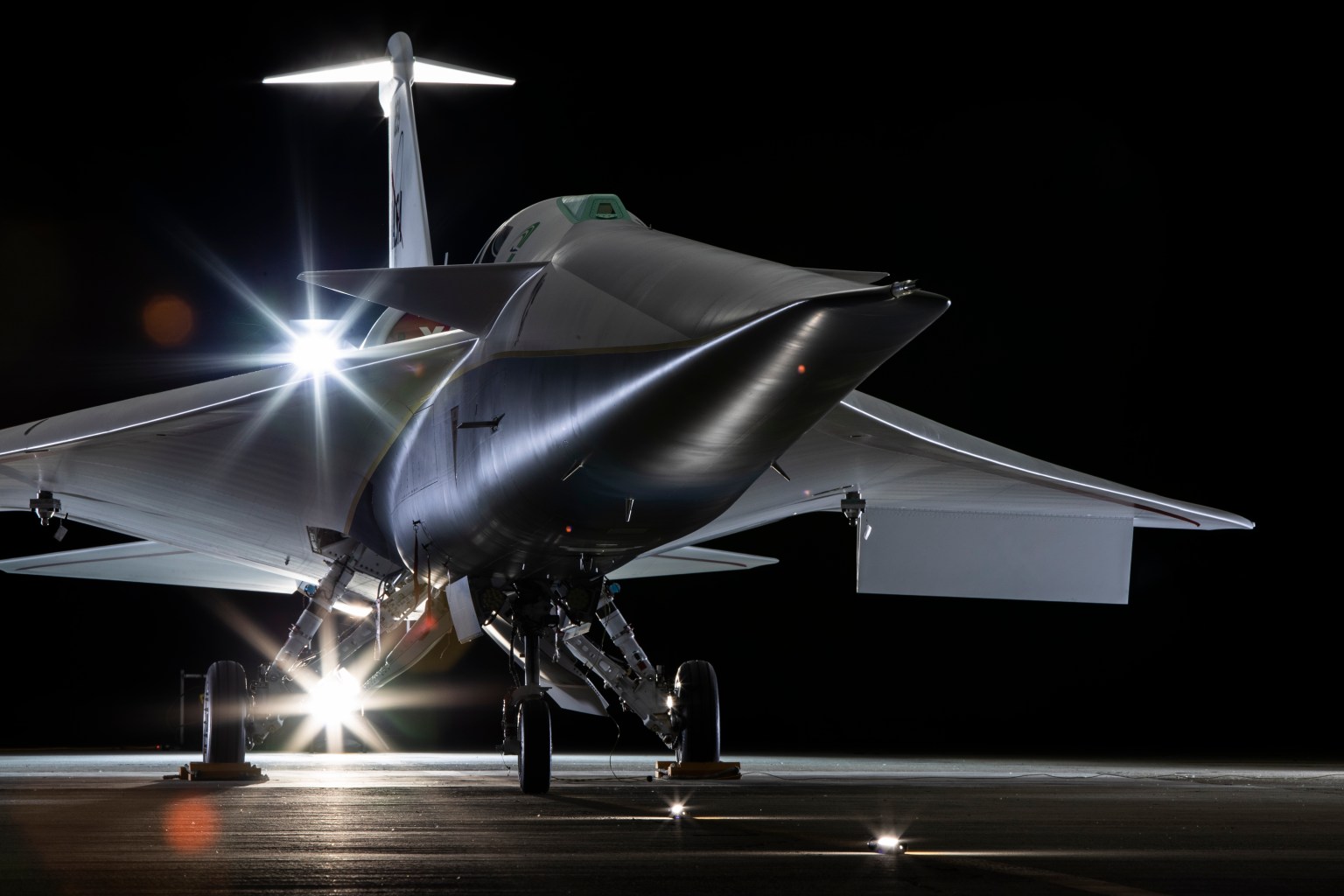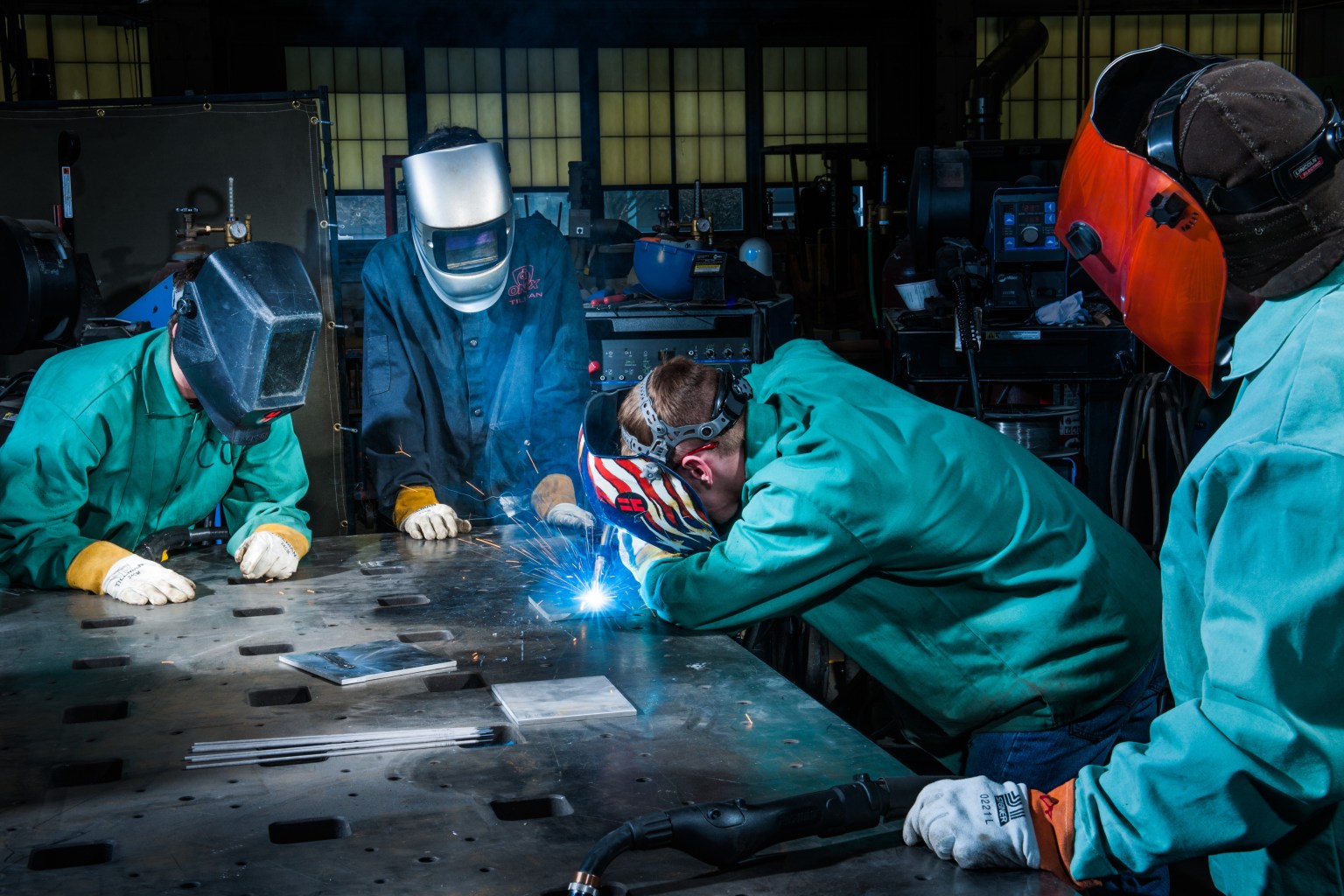The spacecraft and launch vehicle must be compatible. Every mission presents its own set of unique complexities. The energy required to reach orbit and the unforgiving nature of small errors is the reason we refer to challenging
endeavors as “rocket science.”
Each spacecraft has a specific destination in space, which could be a unique orbit or even another planet. There could even be a specific time the satellite must reach its orbital destination, as is the case for planetary missions since planets are moving targets. This could be compared to a quarterback in a football game, who has to analyze and calculate how to throw a ball to a moving receiver. The quarterback must account for the speed of the ball, the arc of the throw, and the timing of the throw in order to reach the moving target at the right time and place. In this comparison, LSP and the commercial launch vehicle provider are the quarterback, the spacecraft is the football, and the destination requirement is the receiver.
The launch vehicle and spacecraft must also survive ground handling and launch environments. This includes stressful environments such as vibration, contamination, electromagnetism, extreme temperatures, and structural loads along the way. For example, consider the vibration felt during takeoff when flying in an airplane. It’s also important for the launch vehicle and spacecraft to be controlled in a clean environment at the proper temperatures, and to be protected from external environments such as lightning. During flight, rockets are subjected to additional forces of weight, thrust, and aerodynamics, which each bring their own challenges.



























